Smart Shopper: How to Buy a Mattress
http://decor-ideas.org 11/12/2013 00:50 Decor Ideas
Mattress shopping is one of those dreaded tasks, like buying a car, that can leave the consumer feeling dejected, defeated and deceived. The terminology is confounding, and comparisons can be bewildering. To top it off, the customer sometimes has to haggle to seal the deal.
“It’s hard for the consumer,” acknowledges Eric Thompson, the owner of Bedroom & More, a San Francisco mattress dealership. And yet it’s a task that needs to be performed regularly — as often as every six years.
Here are a few tips to help you navigate the maze of mattress shopping. Hopefully, you'll come out on the other side relaxed, relieved and sleeping like a baby.

How often should you replace your mattress? When your old mattress leaves you feeling tired or achy, it’s time to replace it. The Better Sleep Council recommends trading in your mattress every five to seven years. While it’s not surprising to see this suggestion coming from a trade group, others support this theory, both for comfort and for health reasons. (Mattresses accumulate dead skin cells and perspiration over time, which can attract dust mites and pose health risks.)
If you get a quality mattress with a coil count over 900 and keep it clean, Thompson says you can stretch that life expectancy to 10 or 15 years. To prolong the life of any mattress, he recommends buying a waterproof, breathable mattress cover, which will help shield the surface from moisture and skin cells. (They start at less than $25.)
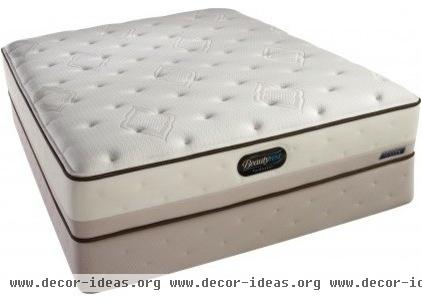
Simmons Beautyrest Truenergy Becca Plush Firm Mattress - $625 Size matters. If you sleep solo, any size will do. Unless you’re tall, in which case you’ll want to go with a queen or king. If you sleep with someone else, you’ll also feel more comfortable with a queen or king.
Typical mattress sizes:
Twin: 38 by 75 inches
Full or double: 53 by 75 inches
Queen: 60 by 80 inches
King: 76 by 80 inches
California king: 72 by 84 inches
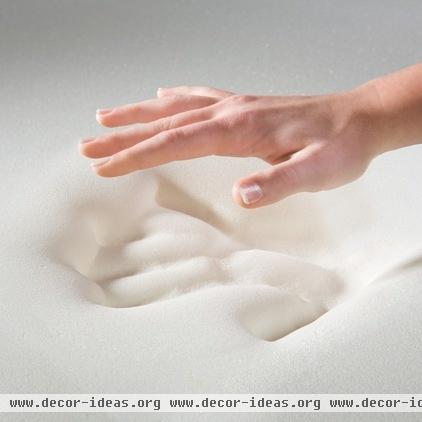
Enhance Queen 2-Inch Memory Foam Mattress Topper - $130 Mattress types. The good ol’ innerspring mattress is no longer the only game in town. Now you have a bewildering array of mattress options to choose from, including memory foam, gel, latex, inflatables and all natural — just to name a few.
Innerspring is the most popular choice and the least expensive; it features tempered steel coils wrapped in layers of cushioning.
Memory foam (shown) conforms to the shape of your body, so when you move, the rest of the bed doesn’t shake (good for those bothered by a restless partner).
Gel mattresses combine memory foam with a cooling gel, so the body doesn’t get so warm during sleep.
Latex mattresses blend characteristics of the innerspring and memory foam to deliver great comfort at a high price.
Inflatable air mattresses have an air-filled core that you can adjust to the desired firmness.
All-natural beds trade engineered materials for organic alternatives like wool, cotton and rubber.
More about shopping for a natural mattress
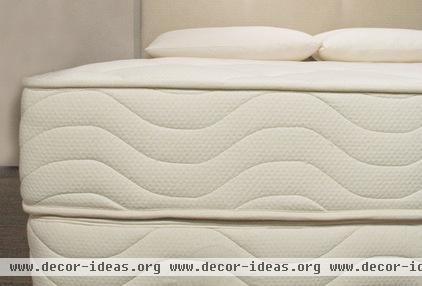
Fusion Innerspring 100 Percent Natural Latex Mattress, Queen - $1,799 Firmness. Experts no longer subscribe to the theory that a firm mattress is better for you, so go with what feels comfortable.
If you’re over age 40, that might be a softer mattress than you’ve used before, since skin becomes more sensitive to pressure as we age. Firmness designations vary from manufacturer to manufacturer, so judge a mattress by how it feels, not by what it’s called.
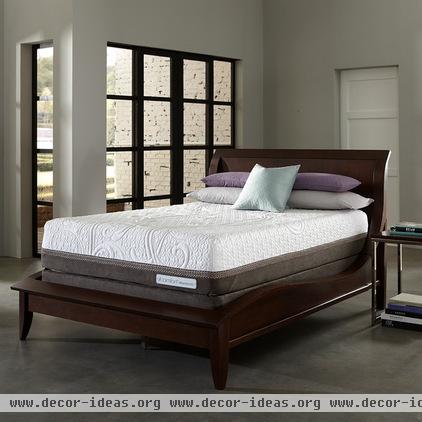
Hit the stores. Research mattresses, check for brand ratings and hit the mattress stores. Keep in mind when dealing with innerspring mattresses that a mattress will have a different name and cover from one store to the next, even though the product may be identical. This is a longstanding tradition in the mattress world, and it makes it very difficult for consumers to compare products and prices from store to store. Fight it, and it’ll drive you nuts.
Instead, try to settle on a retailer you like, and compare the merchandise in that showroom. Or narrow the field down to your two or three favorite mattresses, and choose the model with the best price.
Browse mattresses in the Products section
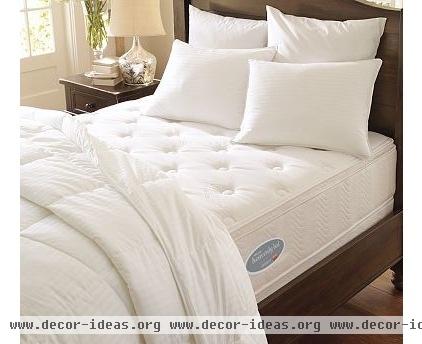
Westin Heavenly Mattress, King - $1,295 Testing the mattress. Do not buy a mattress without testing it in the store. Dress in comfortable clothes (pants) and wear shoes that are easy to slip off. If you sleep with someone else, bring your partner with you. If you’re shy about lying on a bed in public, get over it. You’re going to spend a third of your life on this sucker, so it’s worth a few minutes of embarrassment.
Gauge your initial reaction to each mattress. If you like it, spend time lying on each side, your stomach and your back, giving extra time to the position you generally sleep in. It is not unreasonable to spend 10 or 15 minutes on a mattress you’re seriously interested in. Don’t be afraid to ask the salesperson to leave you alone while you’re testing out a mattress, so you can focus on the comfort.
“Don’t let anyone push you into a sale,” says Thompson. “Listen to your body. And pay attention to the coil count.”
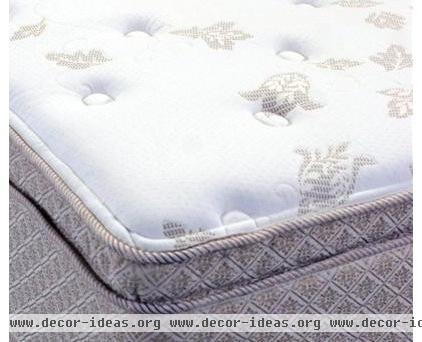
Classic Innerspring Mattress Coil count. A good way to compare one mattress with another is by checking the coil count. Generally, the higher the coil count, the better the support. (That’s not the same thing as firmness.)
There are three basic types of coils: pocketed, hourglass and continuous. Pocketed coils are individually wrapped in a little bag, hourglass have a rounded top and bottom, and continuous are made from sinuous interconnected wire ringlets. The average mattress contains anywhere from 250 to 1,000 coils. Naturally, larger mattresses will have more coils than smaller ones. If you’re shopping for a queen-size mattress, look for a minimum of 600 sinuous coils or 900 pocketed coils.
Mattress makers may compensate for a low coil count by using a thicker wire. Wire thickness is measured in gauge, with a lower number signifying a thicker coil.

Pricing. The price is usually negotiable, especially for innerspring mattresses. Be sure to haggle (unless the retailer clearly states that prices are firm) and don’t be swayed by the size of the discount the salesperson offers — it’s the bottom-line price that’s most important, Thompson says. If you like a $1,200 mattress at store A, and store B is willing to sell you a comparable $3,000 mattress for 50 percent off, you’re still paying $300 more for store B's mattress. Don’t fall for it.
Before buying, ask about return policies, restocking fees, delivery charges and whether the store will dispose of your old mattress. These factors could affect your final price.
Don’t assume that a no-haggle retailer is a more expensive retailer. Big chain stores might slash prices or offer to negotiate, but they often start from an inflated markup, and the negotiated price might be no better — or even higher — than the no-haggle price at stores like Macy's or Nordstrom. “If I didn’t own a mattress store,” Thompson says, “that’s where I’d go.”
Related Articles Recommended












